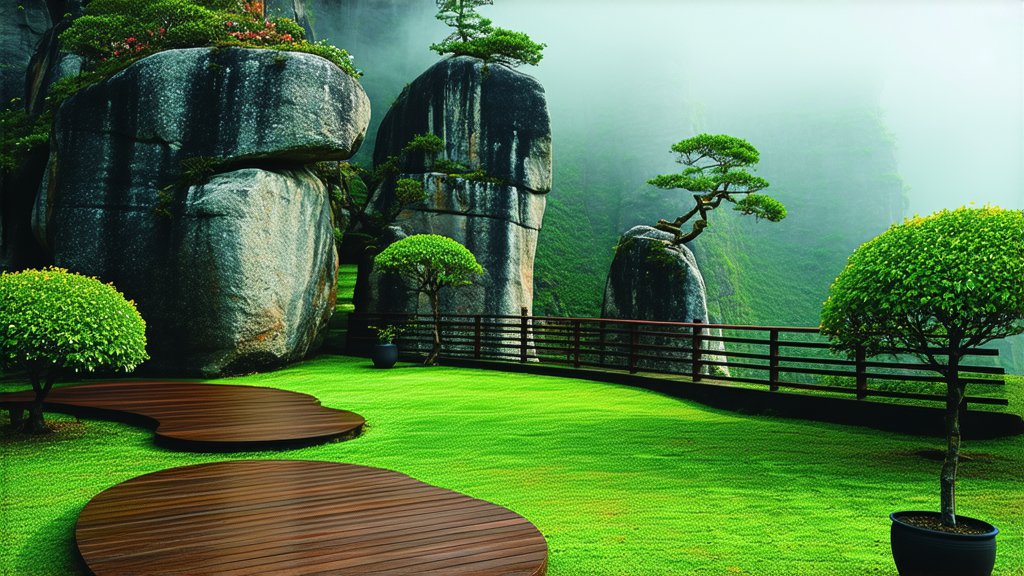
Wuyi Rock Tea, a distinguished variety within the Chinese oolong tea category, stands as a testament to the rich cultural heritage and meticulous craftsmanship that has been honed over centuries in the Wuyi Mountains of Fujian Province, China. This article delves into the historical significance, diverse varieties, intricate production methods, and the art of appreciating this extraordinary tea.
Historical Significance
The history of Wuyi Rock Tea dates back over a thousand years, with its cultivation believed to have begun during the Tang Dynasty (618-907 AD). The unique terroir of the Wuyi Mountains, characterized by its rocky terrain and mineral-rich soil, has long been revered for producing teas of exceptional quality and character. The region's favorable climate, coupled with the expertise of local tea farmers, has allowed Wuyi Rock Tea to flourish and gain recognition both domestically and internationally.
Varieties of Wuyi Rock Tea
Wuyi Rock Tea encompasses a wide array of oolong teas, each with its own distinct flavor profile and characteristics. Among the most renowned are Da Hong Pao (Big Red Robe), Rou Gui (Cinnamon), and Huang Guan Yin (Iron Goddess of Mercy). These teas are celebrated for their complex aromas, robust flavors, and the unique "rock" or "mineral" taste imparted by the rocky soil from which they are grown. Each variety undergoes specific cultivation and processing techniques that contribute to its individual identity.
The Art of Tea Cultivation
The cultivation of Wuyi Rock Tea is an art form in itself. The tea bushes are typically planted on steep, rocky slopes where they can absorb the nutrients and minerals essential for their growth. The traditional method involves minimal use of fertilizers, allowing the tea plants to thrive naturally. Pruning and harvesting are done with precision to ensure only the finest leaves are selected for processing. The result is a tea that not only embodies the essence of its environment but also reflects the skill and dedication of the tea farmers.
Intricate Production Methods
The production of Wuyi Rock Tea is a multi-step process that demands careful attention to detail. After harvesting, the fresh leaves undergo withering, where they are spread out to lose moisture and become more pliable. This step is crucial for developing the tea's aroma and flavor. The leaves are then rolled to release their natural juices and further intensify their character. Following this, the leaves are partially oxidized, a process known as "greening," which halts enzyme activity and preserves the tea's vibrant color and flavor. The final steps involve roasting and drying, which further refine the tea's taste and aroma.
The Ritual of Tea Appreciation
Appreciating Wuyi Rock Tea goes beyond mere consumption; it is an experience that engages all the senses. The traditional Chinese tea ceremony, or Gongfu Cha, is often employed to fully savor the nuances of this exquisite tea. The ceremony involves precise measurements, water temperatures, and brewing times to extract the optimal flavor and aroma from the leaves. The first infusion is typically used to rinse the leaves and awaken their full potential, while subsequent infusions reveal layers of complexity and depth. Each brew offers a journey through the unique terroir and craftsmanship that define Wuyi Rock Tea.
In conclusion, Wuyi Rock Tea represents not only a category of oolong tea but also a profound cultural legacy and an unparalleled tea experience. From its ancient origins to its modern-day appreciation, this remarkable tea continues to captivate tea enthusiasts around the world with its rich history, diverse varieties, meticulous production methods, and the timeless art of tea ceremonies. As we continue to explore and celebrate the wonders of Wuyi Rock Tea, we honor the generations of tea farmers and artisans who have dedicated themselves to preserving this extraordinary tradition.